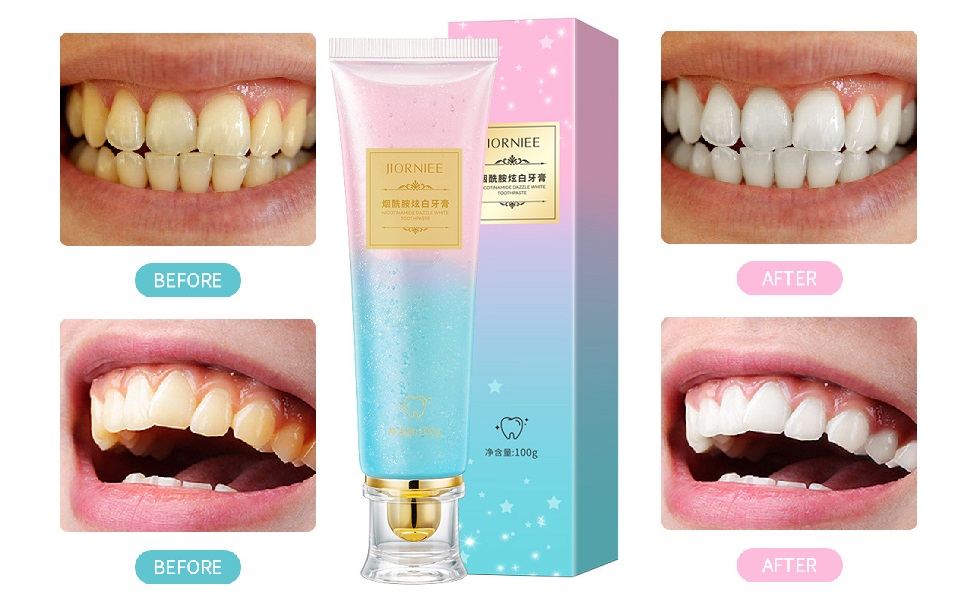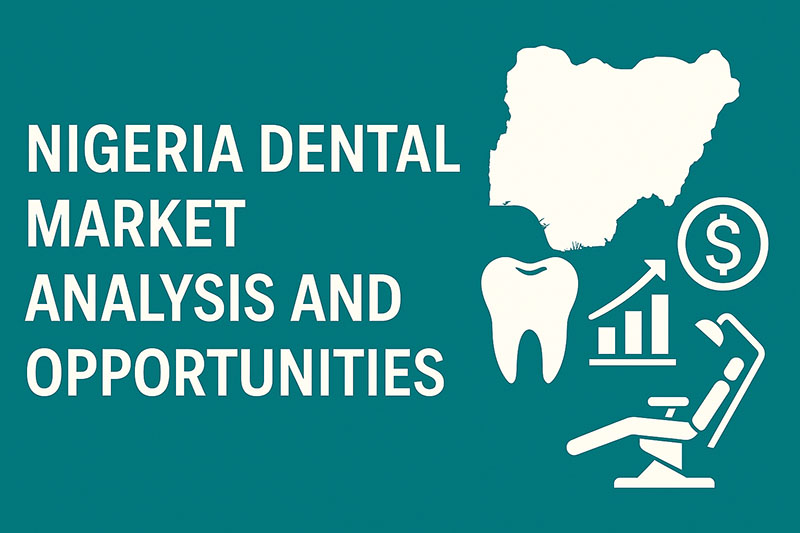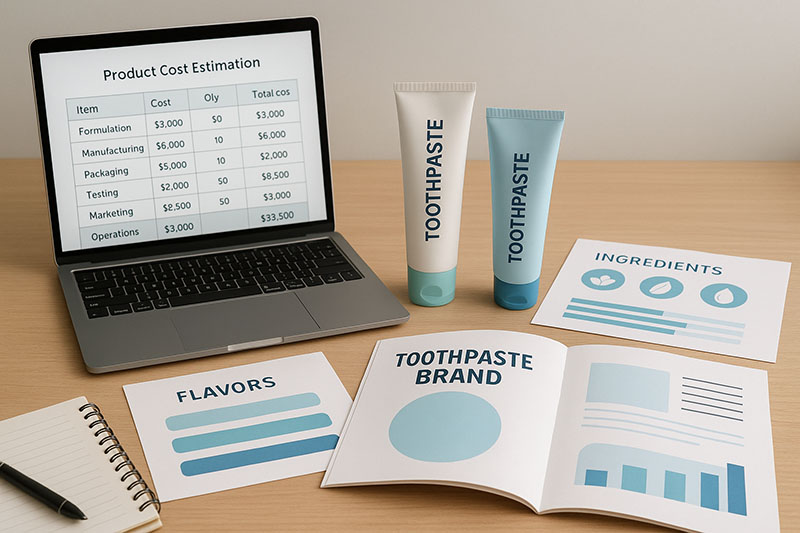Niacinamide Whitening Toothpaste : Science, Safety, Brands

In recent years, the oral care market has seen a surge of innovative ingredients aimed at achieving cleaner, healthier, and brighter smiles. One such emerging superstar is niacinamide—a form of vitamin B3—infused into whitening toothpaste formulations. While niacinamide has long been celebrated in skincare for its anti-inflammatory and barrier-strengthening properties, brands like BodyAccel, XOERMIoy, and BodyAid are now harnessing its potential in toothpaste to tackle surface stains, support gum health, and enhance overall enamel resilience. In this comprehensive guide, we’ll delve into the science behind niacinamide whitening toothpaste, explore its benefits and safety profile, compare it with other whitening agents, and provide actionable advice on selecting and using the best product for your smile.
What Is Niacinamide?
Niacinamide—also known as nicotinamide—is one of two primary forms of vitamin B3, the other being niacin (nicotinic acid). Unlike niacin, which can cause flushing at higher doses, niacinamide is generally well tolerated and plays a crucial role in cellular energy production, DNA repair, and the maintenance of healthy skin and mucous membranes. In the context of oral care, niacinamide offers:
Anti-inflammatory action: Helps soothe gum tissues, reducing redness and discomfort.
Barrier support: Aids in maintaining the integrity of the mucosal lining inside the mouth.
Antimicrobial properties: May help suppress harmful bacteria that contribute to plaque formation.
How Niacinamide Whitening Toothpaste Works
Whitening toothpaste generally relies on two approaches: mechanical abrasion to remove surface stains, and chemical agents to break down discoloration molecules. Niacinamide whitening toothpaste often incorporates both strategies:
Low-abrasion polishing agents (e.g., hydrated silica) gently scrub away extrinsic stains from coffee, tea, tobacco, and pigmented foods.
Niacinamide penetrates micro‐lesions in the enamel, supporting remineralization and enhancing enamel strength, which may reduce the propensity for future staining.
Supporting actives such as fluoride (to prevent decay) and xylitol or erythritol (to inhibit bacterial growth) complement the whitening action and bolster overall oral health.
Key Ingredients in Niacinamide Whitening Toothpaste
When scanning labels, look for the following core ingredients to ensure efficacy and safety:
| Ingredient | Function |
|---|---|
| Niacinamide | Anti-inflammatory; supports enamel barrier repair. |
| Hydrated Silica | Mild abrasive; removes surface stains without excessive enamel wear. |
| Sodium Fluoride | Prevents cavities; enhances enamel remineralization. |
| Xylitol/Erythritol | Natural sweeteners; reduce cariogenic bacterial growth. |
| Sodium Lauroyl Sarcosinate | Foaming agent; enhances spreadability, gently cleans. |
| Flavoring agents | Spearmint, peppermint, or refreshing blends to improve user experience. |
Benefits of Niacinamide Whitening Toothpaste
Gentle Stain Removal
Hydrated silica and other low-abrasion polishing agents effectively lift surface discolorations, while niacinamide fortifies the enamel to resist future staining.Improved Gum Health
Niacinamide’s anti-inflammatory properties can help reduce gingival irritation, bleeding, and sensitivity, promoting a healthier gum line over time.Enamel Protection and Remineralization
Combined with fluoride, niacinamide supports the natural remineralization process, helping to fill micro-cracks and prevent decay.Antimicrobial Support
By contributing to a balanced oral microbiome, niacinamide-infused toothpaste may help limit plaque buildup and bad breath.Versatility and Tolerance
Unlike peroxide-based whiteners, niacinamide formulations are less likely to cause sensitivity or mucosal irritation, making them suitable for daily use.
Effectiveness: Does Niacinamide Toothpaste Make Your Teeth White?
Clinical data specifically on niacinamide whitening toothpaste are limited, but anecdotal reports and preliminary studies suggest that:
Users typically notice a subtle brightening effect within 2–4 weeks of consistent use.
Long-term enamel health appears improved due to the barrier-strengthening action of niacinamide.
Results may vary based on baseline stain severity, brushing technique, and dietary habits.
For more dramatic whitening—or when dealing with intrinsic discoloration—professional treatments (e.g., in-office bleaching) may still be required. However, niacinamide toothpaste can serve as an effective maintenance step to prolong salon-quality results.
Common Side Effects and Safety Considerations
While niacinamide is generally regarded as safe, users should be aware of potential drawbacks:
Mild Oral Sensitivity: Rarely, some individuals report transient tingling or slight sensitivity, particularly if brushing too aggressively.
Allergic Reactions: Very uncommon, but possible; discontinue use if you experience persistent irritation, swelling, or rash.
Enamel Wear: Although abrasiveness is low, overzealous brushing can contribute to enamel erosion—use a soft-bristled toothbrush and gentle technique.
Who Should Exercise Caution?
Children under 12: Consult a pediatric dentist before introducing whitening toothpaste.
Pregnant or Nursing Women: Limited safety data—seek professional advice.
People with Recurring Mouth Ulcers: Anti-inflammatory action may help, but monitor closely for irritation.
Comparing Niacinamide with Other Whitening Agents
| Agent | Mechanism | Pros | Cons |
|---|---|---|---|
| Niacinamide | Barrier support; mild stain removal | Low sensitivity; supports gum health | Slower, subtler results |
| Hydrogen Peroxide | Oxidative bleaching of chromogens | Fast, dramatic whitening | High sensitivity; potential gum irritation |
| Carbamide Peroxide | Carbamide converts to H₂O₂ in mouth | Effective; available OTC | Moderate sensitivity; requires tray/strip |
| Baking Soda (Sodium Bicarbonate) | Mild abrasion; pH neutralization | Inexpensive; gentle | Limited whitening power |
| Charcoal | Physical adsorption of stains | Natural appeal; abrasive cleaning | Risk of enamel abrasion; little evidence |
How to Use Niacinamide Whitening Toothpaste
Brush Twice Daily: Morning and before bed, brush for at least two minutes with a pea-sized amount of toothpaste.
Gentle Technique: Hold the toothbrush at a 45° angle, apply light pressure, and use short back-and-forth strokes.
Don’t Rinse Immediately: Spit out excess foam but avoid rinsing with water for 30 seconds to allow fluoride and niacinamide to linger.
Complement with Flossing: Daily interdental cleaning removes plaque between teeth where whitening toothpaste can’t reach.
Regular Dental Check-Ups: Schedule professional cleanings every six months to maintain optimal oral health.
Choosing the Right Niacinamide Whitening Toothpaste
BodyAccel Niacinamide Whitening Toothpaste
Highlights: Intensive whitening formula, 0.15% niacinamide concentration, silica-based polish.
User Reviews: Many report a brighter smile within three weeks, along with reduced gum discomfort.
Price Point: Mid-range (approx. $12–$15 per tube).
Availability: Amazon and select online retailers.
XOERMIoy Niacinamide Whitening Toothpaste
Highlights: Infused with plant-derived mint extracts, combines niacinamide with calcium phosphate.
User Reviews: Praised for fresh flavor and gentle polishing action; slight whitening visible after a month.
Price Point: Budget-friendly (approx. $8–$10 per tube).
Availability: Official website and specialty health stores.
BodyAid Niacinamide Whitening Toothpaste
Highlights: Incorporates aloe vera and green tea extract for additional soothing and antioxidant benefits.
User Reviews: Noted for excellent foam and reduced gum irritation; whitening effects align with manufacturer claims.
Price Point: Premium (approx. $18–$20 per tube).
Availability: Direct from manufacturer and select pharmacies.
Try Lidercare Now!
We Help You Launch New Products, And Continue To Grow. Try Us With 20% Off Your First Order!
Why Do Dentists Sometimes Advise Against Whitening Toothpaste?
Abrasive Ingredients: High-abrasion formulas can erode enamel if used improperly or too frequently.
False Expectations: Consumers may overestimate the power of whitening toothpastes, leading to disappointment or overuse.
Potential Sensitivity: Peroxide-based or highly abrasive products can exacerbate dentin hypersensitivity.
Dentists typically recommend toothpaste that balances cleaning, decay prevention, and gum health—whitening as a secondary benefit. For serious discoloration, professional intervention (e.g., custom-fit trays, in-office bleaching) is often more appropriate.
Frequently Asked Questions (Q&A)
Q1: Does niacinamide toothpaste make your teeth white?
A1: Niacinamide toothpaste removes surface stains and enhances enamel resilience, leading to gradual whitening over several weeks with consistent use.
Q2: What are the side effects of niacinamide whitening toothpaste?
A2: Most users experience no adverse effects. Rarely, mild oral sensitivity or tingling may occur. Discontinue use if irritation persists.
Q3: Is BodyAccel Niacinamide Whitening Toothpaste safe?
A3: Yes—BodyAccel’s formula adheres to industry safety standards, combining low-abrasion silica with 0.15% niacinamide and fluoride for balanced oral care.
Q4: Why do dentists say not to use whitening toothpaste?
A4: Concerns center on overly abrasive formulations that risk enamel erosion, as well as unrealistic consumer expectations of dramatic whitening.
Q5: What is the safest whitening toothpaste?
A5: The safest options are those with low-abrasion indices (<70 RDA), containing fluoride and without excessive peroxide. Look for ADA Seal approval.
Q6: Why are my teeth still yellow after using whitening toothpaste?
A6: Intrinsic discoloration (from antibiotics, aging, or trauma) does not respond well to surface-only treatments. Professional whitening may be necessary.
Q7: Who should not use niacinamide?
A7: Individuals with known allergy to niacinamide or related compounds should avoid it. Consult your dentist if pregnant, nursing, or under age 12.
Q8: Are niacin and niacinamide the same thing?
A8: No—niacin (nicotinic acid) can cause flushing at higher doses, whereas niacinamide is the amide form of vitamin B3 and is better tolerated.
Q9: Which is better, salicylic acid or niacinamide?
A9: In oral care, salicylic acid is not commonly used. Niacinamide offers barrier-support and anti-inflammatory benefits suitable for toothpaste.
Q10: Why do my gums turn white after using whitening toothpaste?
A10: Temporary whitening of gums can occur if the abrasive agent dries mucosal tissues. It typically resolves once normal salivary flow returns.
Further Reading
For a deeper dive into oral health, whitening science, and ingredient safety, check out these resources:
Table of Contents
Awesome! Share to:
Latest Blog Posts
Check out the latest industry trends and take inspiration from our updated blogs, giving you a fresh insight to help boost your business.


